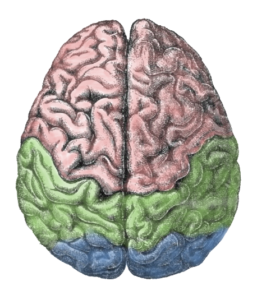Learning Experience Design (LXD), I argue, is the elegant integration of learning science with engagement. All well and good, of course, but how do you introduce it? Specifically, how do we engage people already actively designing? There are a number of ways to cut it. You could talk about the cognitive underpinnings, the implications for the elements of learning, or via the changes in the design process. I do the latter two, with a focus on the engagement side (which I feel is underdeveloped), in my latest book, “Make It Meaningful“. However, what if you’re trying to do both? Here’s a case to visit LXD by design.
It seems pretty safe to say that most people will resist totally throwing out their entire design process. There’s lots of investment. Further, most design processes have a useful basic structure. This suggests looking for the smallest tweaks that will yield the biggest impacts. We’re looking to incorporate the effectiveness of learning science with the emotional appropriateness of engagement. What does this require?
The first change is in the analysis. LXD simply can’t work without performance objectives. If you’re just trying to make people aware, you’re not really on a transformative journey. You want to be focusing on equipping people so that they’re (meaningfully) changed through the process. You also need some new information: why this is necessary for the learners, and why experts find it interesting enough to study. There’s more, but this is key.
Then, your design process differs. You are being creative, given that you’re not just directly practicing. You’re also tuning to get the experience optimized. So, you need to build in some brainstorming, and iteration. In pragmatic ways, of course.
Implementation is also more iterative. You’ll be investing slowly, to allow pivots and to keep the overall costs contained. Postponing programming and preferring paper are components of this.
Even your evaluation is different. You are testing, now, not only effectiveness, but also the experience. Which you may have been doing (*cough* smile sheets *cough*), but you need to test both sequentially, not just one or the other.
All along, there are small changes that will help integrate learning science elegantly with engagement. Making those critical changes will likely take a bit longer, at least at first. On the other hand, you should be getting real outcomes and more engaged learners. Which, ultimately, is what we should be doing.
I’ll be covering this in a workshop for the Learning Guild in two half-day sessions prior to their LXD conference at the beginning of August. (Also doing a session during the conf on emotion.) I hope you’ll find LXD by Design to be a practical and useful, even transformative, experience.





